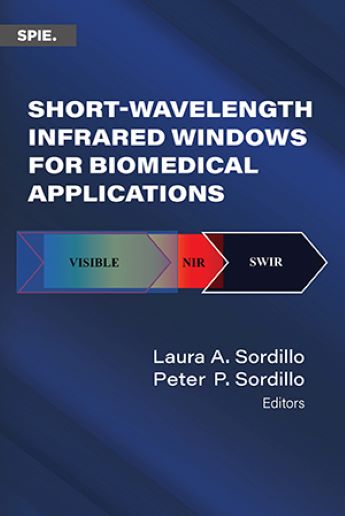|
|
|
|
CITATIONS
Teeth
Short wave infrared radiation
Dental caries
Reflectivity
Optical coherence tomography
Light scattering
Absorption


